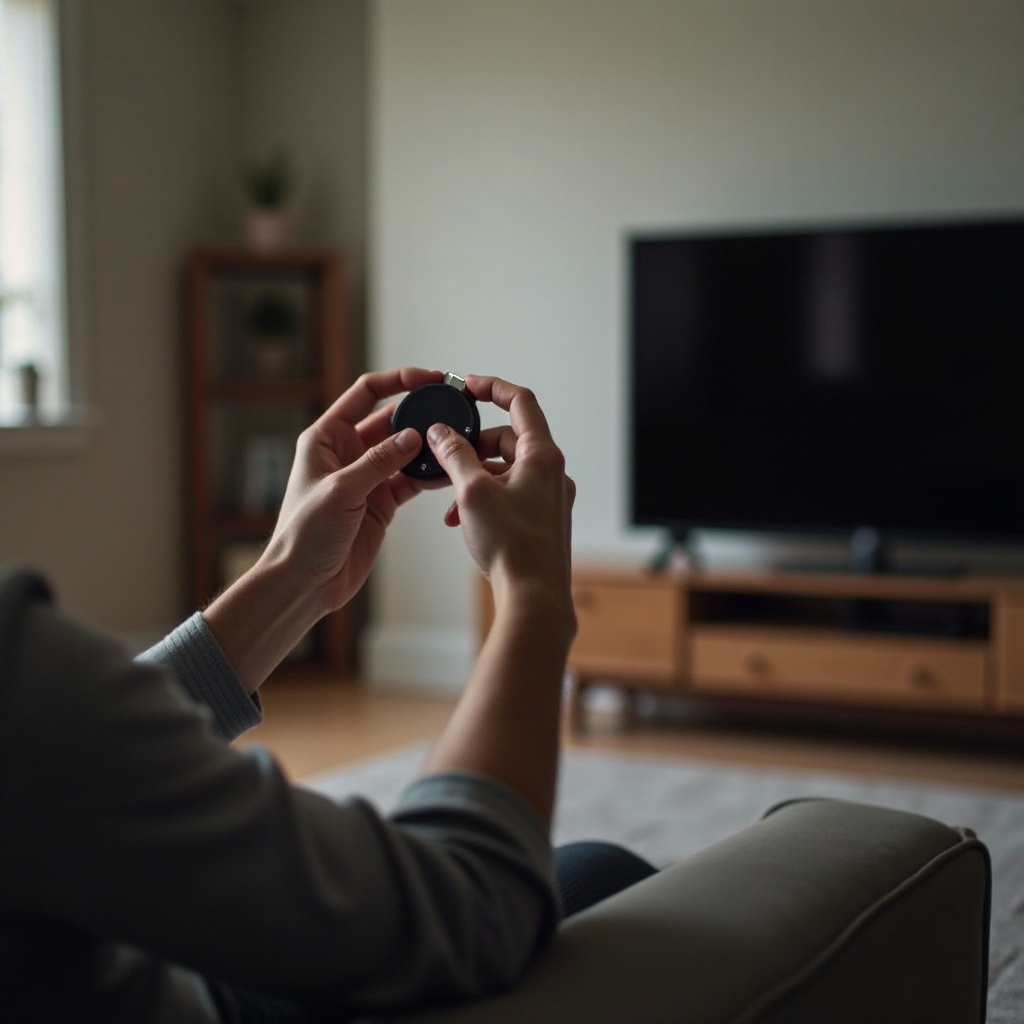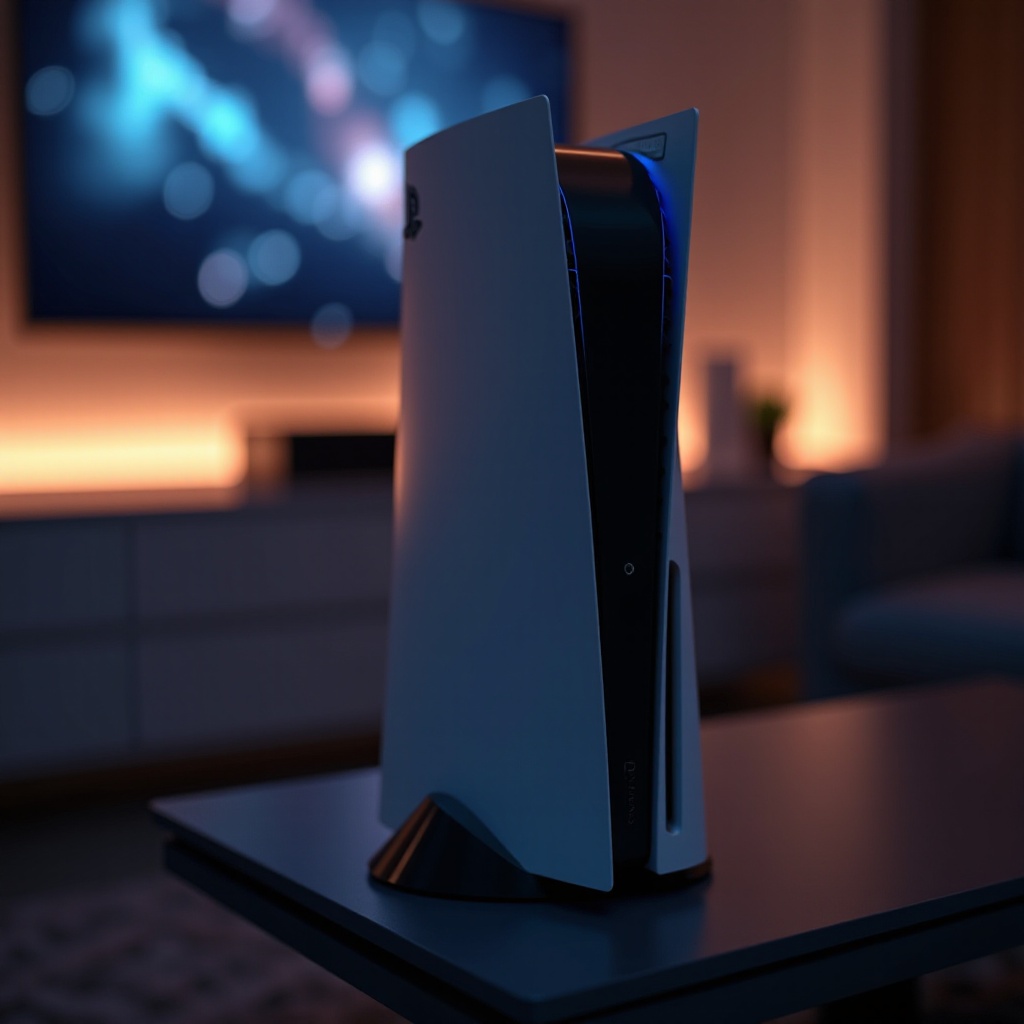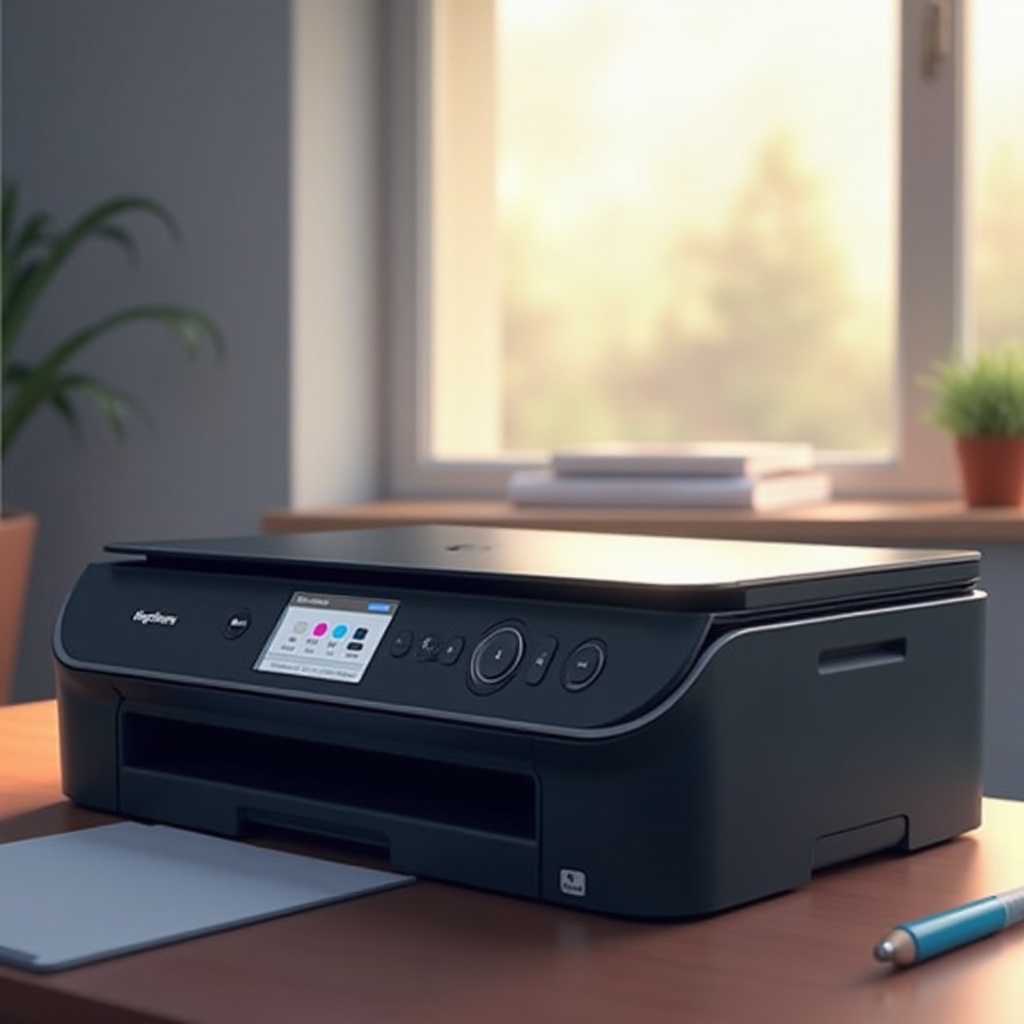Introduction
Are you frustrated because your Firestick isn’t coming on? This situation can be a real inconvenience, especially when you’re eager to enjoy your favorite shows. While these devices are generally reliable, technology can sometimes throw us a curveball, creating unexpected issues. Don’t worry; there are various methods to troubleshoot and resolve power-on problems with your Firestick.
This article will guide you through a series of practical steps, from initial checks to advanced troubleshooting, to help you get your Firestick up and running again. By the end of this guide, you’ll have a better understanding of what might be causing your Firestick’s power issues and how to address them effectively.

Initial Checks for Your Firestick
Before delving into more intricate troubleshooting, start with the basics. Often, the root of the problem can be something simple like a loose connection or a minor setting mishap. Here’s where to begin:
Confirming Power Supply
-
Check the Cable and Adapter: Make sure your power cable and adapter are in good condition. Any damage could prevent the Firestick from receiving the power needed to operate.
-
Direct Connection to Power Outlet: Connect your Firestick directly into a wall outlet rather than a TV USB port, which often lacks the necessary power output.
-
Try a Different Outlet: Move your connection to another wall socket to exclude the possibility of socket-specific issues.
Inspecting HDMI Connection
-
Assess HDMI Cable and Port: Examine the HDMI cable and ports on your TV and Firestick for physical damage that might impact performance.
-
Verify Correct Input Source: Make sure your TV is set to the correct HDMI input that matches your Firestick’s connection.
-
Test with Another HDMI Port: Switch to a different HDMI port on your TV to determine if a faulty port might be causing the issue.
After conducting these initial checks, it’s time to proceed to more comprehensive troubleshooting steps if your Firestick still won’t turn on.
Comprehensive Troubleshooting Steps
When quick fixes do not suffice, exploring more direct troubleshooting methods may be necessary. Here’s what you can try:
Rebooting Your Firestick
-
Unplug and Replug: Disconnect the power adapter from the wall outlet for about 30 seconds and then plug it back in. This can often resolve startup problems.
-
Use the Remote for Restart: If your Firestick seems responsive but fails to fully power up, try restarting it with the remote by holding the ‘Select’ and ‘Play/Pause’ buttons until the screen goes black.
Checking Remote Control Functionality
-
Replace Remote Batteries: Weak or dead batteries can cause the remote to stop working properly, affecting the Firestick’s performance. Try replacing them.
-
Pair the Remote Again: Re-pair the remote with your Firestick by holding the ‘Home’ button for about 10 seconds.
-
Use the Alexa App: If re-pairing doesn’t work, the Amazon Alexa App offers alternative pairing and control options using your smartphone.
In instances where these steps provide no solution, seeking out more advanced methods might be necessary to tackle persistent issues with your Firestick.
Advanced Solutions for Persistent Issues
When simpler troubleshooting doesn’t yield results, advanced strategies may be required to revive your Firestick.
Updating Firestick Firmware
-
Manual Update via Settings: Should you access the settings menu, navigate to ‘My Fire TV’ > ‘About’ > ‘Check for Updates’ to update the firmware.
-
Force Update in Recovery Mode: If you can’t reach the settings, try booting into recovery mode by holding the ‘Back’ and ‘Right’ buttons for 10 seconds as the device starts.
Performing a Factory Reset
-
Through Remote: Trigger a reset by pressing ‘Back’ and the ‘Right’ button on the directional pad for 10 seconds. This can work even if the screen is partially responsive.
-
Via Fire TV App: Use the app to access the settings menu and select ‘Reset to Factory Defaults’ under ‘Settings’ > ‘My Fire TV.
After exhausting these advanced solutions, if your Firestick remains unresponsive, further steps and considerations are worth exploring.

Additional Tips and Considerations
In some scenarios, factors outside your immediate control, such as compatibility problems or system-wide errors, could impact your Firestick’s functionality.
Checking for Compatibility Issues
-
TV Compatibility: Confirm that your TV model supports the Firestick’s requirements and doesn’t have known compatibility issues.
-
Accessory Interference: Remove any auxiliary accessories to determine if they’re interfering with your Firestick.
Seeking Professional Help
-
Reach Out to Amazon Support: If all else fails, Amazon’s Customer Support can help by checking the device’s history, and they might offer repair or replacement options.
-
Visit Tech Support: For hardware checks or repairs, consider visiting a local technician experienced with Firestick issues.
Utilizing these considerations will enhance your ability to manage and resolve persistent power issues with your Firestick effectively.

Conclusion
Solving a Firestick that won’t power on can be a process requiring both patience and methodical effort. By following these troubleshooting steps, you’ll likely find a solution to the problem. Always keep in mind to protect your device from potential issues and don’t hesitate to seek professional assistance when necessary, ensuring peace of mind and continued enjoyment of your streaming device.
Frequently Asked Questions
Why is my Firestick not turning on even after trying all steps?
If none of the outlined steps work, your Firestick might have a hardware failure requiring replacement. Consult with Amazon support or visit tech repair services for assistance.
How can I tell if my Firestick is completely dead?
A completely dead Firestick shows no signs of life, such as no LED lights or screen activity after trying multiple power sources and cables.
Is it possible to troubleshoot without the original remote?
Yes, you can use the Amazon Fire TV app or compatible third-party devices that support HDMI-CEC may also help operate and troubleshoot without the physical remote.


